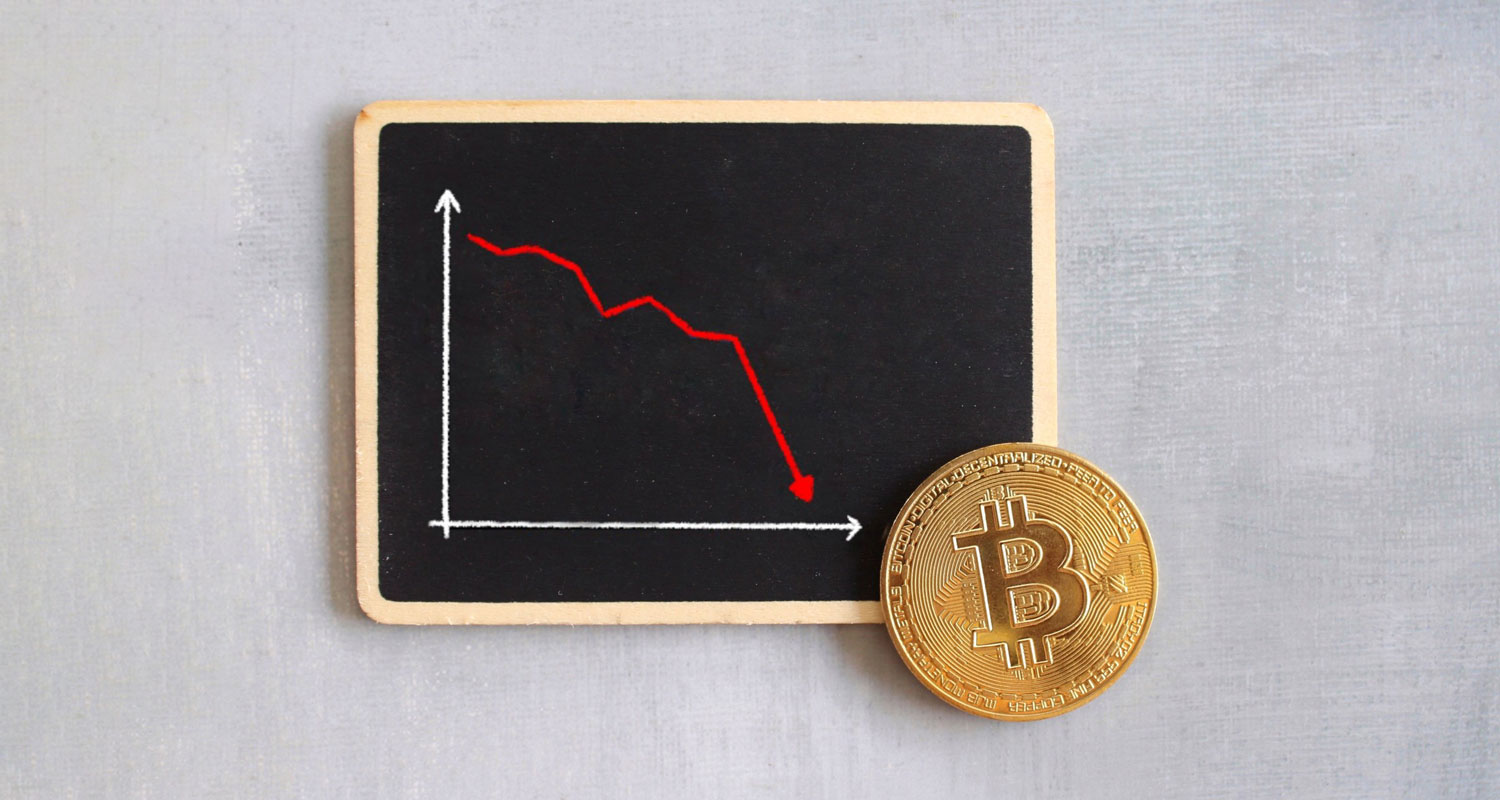 Bitcoin’s tumble is piquing the interest of investors who view pronounced swings in the digital token as a possible precursor for broader changes in risk appetite in global markets.
Bitcoin’s tumble is piquing the interest of investors who view pronounced swings in the digital token as a possible precursor for broader changes in risk appetite in global markets.
The cryptocurrency has shed about 4% in the past two days following a near 16% plunge in April, the worst monthly drop since Sam Bankman-Fried’s FTX digital-asset empire imploded in November 2022. The token changed hands at $57 359 as of 11.17am on Thursday in Singapore, around a two-month low.
Some investors scour bitcoin inflexions for clues about shifting liquidity dynamics that can buffet other assets. The token slid in the past few weeks as the US Federal Reserve signalled interest rates will stay higher for longer, a mantra that tightened financial conditions by boosting treasury yields and the dollar.
“Bitcoin is our favourite canary,” ByteTree Asset Management chief investment officer Charlie Morris wrote in a note. “It is warning of trouble ahead in financial markets, but we can be confident it’ll bounce back at some point.
“The recent strength in the US dollar may signal market tightness ahead,” Morris added.
The largest digital asset hit a record high of almost $74 000 in mid-March, buoyed by a flood of inflows into debut US spot-bitcoin exchange-traded funds from the likes of BlackRock and Fidelity Investments.
The demand for the products subsequently fizzled, and markets failed to get a tailwind from this week’s launch of spot-bitcoin and ether ETFs in Hong Kong. Discounts to net asset value for some of the US portfolios have widened to record levels, underscoring the challenges that can stem from bitcoin volatility.
Burst of inflation
Bitcoin posted four April declines over the past decade, three of which presaged May losses that averaged 18%. Still, if inflation pressures relent and markets revive bets on a much looser Fed stance, crypto and other speculative investments could find some relief.
Fed chair Jerome Powell kept alive hopes for a rate reduction this year after the central bank concluded its latest meeting on Wednesday. But he also acknowledged that a burst of inflation has eroded confidence that price pressures are ebbing.
“The next three to four months will be less bullish and more risk-orientated, with the market closely monitoring inflation, employment and economic data for any unexpected shocks or to gain confidence about potential rate cuts,” said Youwei Yang, chief economist and vice president of crypto miner BIT Mining. — Sunil Jagtiani, (c) 2024 Bloomberg LP




